Exploring Morocco’s Exotic Cities: Tangier, Tétouan and Chefchaouen
Dispatch XXIX
A Vagabond’s Adventure. Continent # 3: Africa
Tangier Day One
Day 244 - May 28, 2022 – Tangier - Day 1
There are at least ten theories about the origin of Tangier’s name, but my favorite comes from the ancient Greeks who called it Tinjis, a daughter of the Atlas, the titan who supported the vault of heaven near the Gibraltar Straits. Under the Romans the name morphed to Tingis then developed into the Portuguese Tânger, Spanish Tánger, and French Tanger, where it entered English as Tangier and Tangiers. The Arabic and modern Berber name for the town is Ṭanjah.
I love name origins. Don’t ask me why.
On our first full day in the city we walked out the door of the El Minzah Hotel (see Dispatch XXVIII - The Mysteries of Morocco ) to a beautiful day: 70° with a predicted high of 84º. A sweet breeze out of the Mediterranean and not a cloud.
The night before we had prowled the nearby streets filled with Tangerians walking with their children and enjoying the view above the sea. Clusters of young people milled and joked, teasing and flirting the way teens do. Cyn and I found a cafe with Parisian style awnings and small round tables inside and out. The place was brimming with men, smoking, drinking coffee (alcohol is not part of the Islamic experience), discussing and debating in rapid Arabic. There was not a woman to be found, and Cyndy stood out like a rabbit among wolves. But the waiter was kind and we detected not an ounce of misogyny.
Tangier is everything I imagined. Vibrant, but not crammed. Old but not dingy, with the sounds of Arabic music, French conversation, Spanish voices in our ears as we passed scrumptious Moroccan bakeries filled with baclava and tiny, fresh pastries that your palette knows will go perfectly with a cup of hot mint tea — a Moroccan speciality.
The city sits above multiple hills and when standing on one of the them the view of the Mediterranean and the city’s sweeping bay made me feel that, yes, I really was somewhere other than home; somewhere exotic, marinated in history. It was a place I could stay for a long time.
Tangier’s sweeping bay with Spain on the far side - the Pillars of Hercules. (Photo - Chip Walter)
Back in the 1930s, the expatriate writer and composer Paul Bowles thought he was coming to Tangier on a lark. He never left. “I relish the idea that in the [Tangier] night,” he once said, “all around me in my sleep, sorcery is burrowing its invisible tunnels in every direction, from thousands of senders to thousands of innocent recipients. Spells are being cast…” There was something to that. To me Tangier fell in with that small group of international cities that were once entirely independent, a city-state, unencumbered by the nations that surrounded it: Trieste, Monte Carlo, Ephesus, Alexandria. Cities like this take on a flavor and confidence that is more cosmopolitan than most. Bowles called it the navel of the world.
As much as Bowles loved Tangier, he adored travel just as much. While we were exploring the American Legation, I caught another quote of his that captured precisely the attraction that world travel has for me. “I feel that life is very short, and the world is there to see, and one should know as much about it as possible. One belongs to the whole world, not just one part of it.”
We had found our way to the Legation — now officially known as the Tangier American Legation Institute for Moroccan Studies — by way of Tangier’s winding medinas. It and Morocco go way back. Morocco was the first country to officially recognize the United States when Sultan Mohammed ben Abdallah issued the proclamation on December 20, 1777 clarifying for the world that the U.S. was no longer a British colony. The Legation building was gifted by the sultan to the U.S. government to serve as a diplomatic post, and it remained there for 140 years from 1821 to 1961. It was the first American property to exist outside the United States, and is the only U.S. National Historic Landmark in a foreign country.
The American Legation in the middle of Tangier. Morocco was the first country to accept the United States as a nation, not a colony. (Photos - Chip Walter)
Later in the day, Youssef, our guide, led us through the part of town where local looms turned strung wool into fabrics of all kinds — pillow covers, blankets, rugs and wall hangings. These looms are the pre-industrial variety where wool threads of different colors are strung through the loom one by one. It is hard work, but the results are rich, colorful and unique.
But that wasn’t until after we first toured the city’s Portuguese battlements where we got an eye-popping view of the straits that sweep in a great white and blue arc along Tangier’s coastline.
Not far away we found a newly built museum dedicated entirely to Ibn Battuta, one of the world’s truly great travelers, at least if you read his remarkable book, A Gift to Those Who Contemplate the Wonders of Cities and the Marvels of Travelling, more commonly known as The Rihla. The museum is a beautiful, multi-story building with an open courtyard and excellent interactive descriptions of the man’s journeys. Battuta was born in the 14th century and departed Tangier on 2 Rajab, that’s the Muslim year 725 Anno Hegirae, or by the western calendar, 14 June 1325 AD). A descendant of the Lawata Berber tribe, Morocco’s native inhabitants, he was twenty-one when he set off on a pilgrimage to Mecca. Normally that would have taken sixteen months. Battuta didn’t return again for 24 years.
Abu Abdullah Muhammad ibn Battutah - Was he the world’s greatest traveler?
“I set out alone,” he wrote, “having neither fellow-traveller in whose companionship I might find cheer, nor caravan whose part I might join, but swayed by an overmastering impulse within me and a desire long-cherished in my bosom to visit these illustrious sanctuaries. So I braced my resolution to quit my dear ones, female and male, and forsook my home as birds forsake their nests. My parents being yet in the bonds of life, it weighed sorely upon me to part from them, and both they and I were afflicted with sorrow at this separation.”
It’s arguable Ibn Battuta travelled more than any other explorer in pre-modern history, 73,000 miles (and never by jet :-). He passed across northern Africa, deep into Egypt, explored most of the Middle East, headed into Persia, then north into Europe and East toward India and China. If true, his odyssey would have out-explored other great wanderers of the era like Zheng He , Marco Polo and Leo Africanus. Not all scholars agree that Battuta made everyone of these journeys, especially into eastern Europe and the far East. He apparently never kept notes and when he wrote his famous book after decades of travel he very likely fictionalized some encounters and plagiarized others. But even if he did, his book leaves a remarkable record of what much of the known world was like almost 700 years ago.
Near Ibn Battuta’s museum we heard a man playing his Oud, an ancient eleven-string Moroccan instrument, a kind of cross between a balalaika and guitar. We sat with him in a small, room off the square, shared some mint tea and watched his fingers fly over the strings. Big black glasses hung on his weather face. He didn’t speak a word and except for his fingers he hardly moved. He and the instrument were locked, two symbiotic creatures, each needing the other; each better together than apart.
Early afternoon — Youssef sat us down for our first Moroccan meal together in a small cafe. We ordered and dug into tomatoes and olives and beets, calamari, and chicken tangine, and shrimp using khobz, coarse Moroccan bread, to place the food in our mouth instead of forks and spoons. It was all delicious. Moroccan cuisine is considered by many to be among the world's finest, and Cyndy and I weren’t going to disagree. We had already witnessed delicious food our first afternoon at the Diblu Restaurant, but with every meal the food only seemed to get better. Moroccan cooks specialize in spices, lots of them, including ras el hanout (a blend of 10 to 30 spices), coriander, cinnamon, cumin, saffron, dried ginger, and paprika. The combination of these flavors makes all the difference, IF you get them right.
Moroccan food - some of the best in the world. (Photo - Chip Walter)
Tangines are among one of Morocco’s more spectacular culinary gifts — stews of roasted lamb, fish or chicken with vegetables and spices of all kinds cooked in a cone-shaped terra cotta vessel that gives the meal its name. But you’ll also come across couscous with raisins or nuts and Harira cooked in a thick, tomato-based soup with chickpeas and meat traditionally served during Ramadan. During our explorations of the country, we found that every sector has its own specialties. But no matter where we ate, every meal was excellent, and healthy.
Day 246 May 30th 2022 – Asilah - Day 3
Food was still on our minds in the morning when we watched one of the cooks at the El Minzah making pancakes called msemen or rghaif, a kind of crepe you’re meant to enjoy for breakfast after you’ve rolled it with chocolate, honey or butter. One more delicious Moroccan concoction.
That and some coffee and we were off to meet Jebriel and Youssef and head east toward the old town of Asilah where the Mediterranean Sea meets the Atlantic ocean. White beaches darted with colorful little umbrellas ran along the sandscape, but there was hardly a soul around except for a few teens enjoying the water.
Asilah is not far from Tangier and is famous as another fortress expanded by the Portuguese in its hey day, this time after it took the city in a massive sea assault in 1508. The fort is enormous and I could see the proof that Portugal had once been one of the world’s most formidable nations with a massive navy, a global trading system and colonies that extended from South America to the Far East. They remained formidable until the earthquake and tsunami of 1755 struck Lisbon and decimated the empire.
The ancient fortress city of Asilah where the Mediterranean meets the Atlantic Ocean; a city lost in time; old double door knockers and local tapestries and artwork. (Photos - Chip Walter)
Though the fortress still stands at the edge of the sea, Asilah now is a tiny town made of walled and winding buildings hundreds of years old, a step back in time. The streets are narrow and both donkeys and the locals use them to navigate their way around. We walked past doorways with big wooden doors surrounded by high adobe walls. The doors, Youssef explained, usually have two knockers. One, larger and higher up at the center of the door and a second that was lower somewhere to the side and smaller. They existed to let people know what sort of person was knocking. Children and women generally clapped the smaller knockers and men usually wrapped the taller ones.
We were wandering the streets and the ancient battlements when I saw a man working inside the basement of one of the buildings. He stood at a big brick oven inside a floor of dirt, taking patted cakes of dough and passing them with a wooden paddle into the oven. He was making khobz, a grainy wheat dough patted with olive oil. Together they create a delicious soft crust as it is slow cooked in the stone oven. I bought a couple and we ate them fresh and hot right out of the oven. If only I could have gotten my hands on some tangine.
Later, we drove back toward Tangier. High hills rose up from the outskirts of downtown. It looked to me like the city was thriving. I checked. Its population is growing — pushing 1.3 million people in the metropolitan area. I saw new rectangular houses and apartments outside on the city’s outskirts that reminded me of the Mediterranean-style apartments that are crowded everywhere in Athens - cement, square, awninged, brilliant white. In between were older homes where small balconies hung above tiny yards strung with sheets, shirts and dresses that furiously flapped in the dry wind. The people in this little sector of the human race were still living their lives not all that differently than Carthaginian laborers, or plebeians under Rome or sailors who had moved from Portugal or fleeing jews from Spain had in years and centuries past. Looked at the windows as we passed. Each had their own story. Each their own dreams, hopes, joys, sorrows and fears. And every day, the city itself evolved, powered by it all.
Day 247 - May 31st 2022 – To Tétouan, Chefchaouen and Fez
First thing the next morning, fortified with fresh msemen and apricot jam, strong Moroccan coffee and papaya, watermelon, pineapple and kiwi, we and our bags left Tangier behind and began winding by car to Fez, one of Morocco’s largest cities and the nation’s religious capital. Its history dates back 1100 years. But first we would stop by Tétouan, renown for its culture and art and one of Morocco’s many UNESCO World Heritage Sites. After that onto Chefchaouen, Morocco’s famed Blue City, also a UNESCO site. (Morocco has nine of them.)
Tétouan
Tétouan is a city of over 300,000 people that lies in a broad, brown valley that skirts the Mediterranean. Nomadic Berbers settled here, though it’s not precisely known when. Historians only know it was before Phoenician traders showed up 2900 years ago. For awhile, it was part of the Carthaginian empire until Romans arrived in the 4th century B.C and made it a colony under Augustus. The Berbers didn’t care for that and eventually drove them out of the nearby Rif mountains.
Many of the people in Tétouan still speak Spanish, partly because thousands of Spanish jews migrated to the city during the Spanish Inquisition in the 16th century when, under Catholic rulers Ferdinand and Isabella and the Spanish Inquisition, Jews were tortured, forced to be baptized Catholic or exiled from all lands controlled by Spain. The city is still sometimes nicknamed "Pequeña Jerusalén," Little Jerusalem.
Ironically, Spain itself came to control this part of Morocco when in 1913 it became the capital of the Spanish protectorate of Morocco. It remained the capital until 1956, when the region regained its full independence, another reason most Tétouans speak Spanish. It was here in this enclave that Francisco Franco raised his army, brought it in 1936 to Spain where he eventually took control of the country and ruled for nearly 40 years until turning it over to a new monarchy under the current king, Juan Carlos.
Despite its long Spanish history, Tétouen itself looks Moroccan down to its toes with its adobe buildings and broad, oak-lined boulevards. We weren't allowed to take pictures in the souks (marketplaces) but we navigated the tight alleys past cyclists, locals dickering over goods, and donkey-pulled carts, as we eyed the labyrinths of fresh fruit, open bowls of spices, iced fish, meats of all varieties, baskets of apricots, tomatoes, nuts, garlic, onions and carrots — all of it fresh and displayed beautifully by the family members who have been running the businesses here from the time in memorial.
Tétouan’s Roman artwork and medina with local goods. (Photos - Chip Walter)
“Through here come women who prepare the days meals,” said Youssef, “with fresh, local produce, meats and fish, herbs and of course pastries made with fresh dough, nuts and honey. It all sounded delicious to me, but time was short and we wanted to explore the city’s intimate Anthropology Institute because the relics inside date back to King Juba II, 200 BC, and later mosaics, sculpture, pottery and metal work, under Quito the Roman head of the region. I particularly loved an ancient sculpture of Hercules battling the titan Atlas.
With a few hundred years of ancient history crammed in my head, it was time to get to Chefchouen. Our car swung us away from the valley into the green hills that rose into the Rif mountains, ears popping. Soon were were passing through small, rolling farms of corn and peas and olives orchards winding generally south.
Chefchaouen
Chefchoan is indeed blue. You can see the village from a mile away, its adobe buildings clinging to a steep hill that rises above the flatlands below. We parked on the periphery and walked along the creek that flanks the east boundary of the town.
Chefchaouen - Morocco’s Fabled Blue City, and other UNESCO site. (Photo- Chip Walter)
Everything about Chefchaouen is refreshing: the deep blue, sapphire, azure, lapis colored buildings and steps; the cold, gurgling creek where a local entrepreneur surrounded by every imaginable fruit expertly sliced chunks of chilled watermelon for us, singing a quiet song while he worked; the countless art galleries, woven tapestries and paintings that hung all around us until we reached the town plaza and the location of the old Kasbah and prison, built to keep Portuguese invaders at bay. Along with the Ghomaras of the region, and the Moriscos and Spanish and Portuguese Jews that settled in Morocco during the Spanish Inquisition, they fought to keep the Portuguese to the north. Ultimately they succeeded.
Like Tétouan I could have spent days languorously exploring this intimate village, but we were on a schedule and I could only tag it as a place we would have be sure to return to some day. After another fine Moroccan lunch outside above the quiet square, we departed the Blue City and wound more deeply over and through the Rif mountains, past acres of olive orchards that Youssef explained are valued for the salty tang that makes its way from the sea-tainted ground into the olives you eat.
Chefchaouen - Works of art within a work of art. (Photos - Chip Walter)
We drove for five hours through this country. Occasionally I would see a cluster of laughing children in a small village as we passed, or silos of grain, once a mule with a rider holding an enormous bundle of sticks precariously on the animal’s back. I'm not sure what sort of geography I expected to see as we passed through this part of Morocco, but it wasn’t the beautiful rolling landscape I was looking at. I felt at home, at ease, grateful.
Morocco’s salt-tanged olive orchards south of Chefchaouen. (Photos-Chip Walter)
Still, after the long drive, we were happy to see the broad, low buildings ahead, the outskirts of Fez. We passed beneath a long, palm-treed boulevard and then bent toward the old city’s immense ramparts until at last Jabriel and our car took us through them and into Morocco’s holy, Islamic city and then to our rhyad hidden deep within the city’s labyrinthine medinas.
Fez - Morocco’s Islamic capital; a Fez cap and the doorway to our riad. (Photos - Chip Walter)
| Miles Travelled | 20,250 |
| Ferries | 8 |
| Transatlantic Ships | 1 |
| Trains | 12 |
| World Heritage Sites | 9 |
| States | 30 |
| National Parks and Monuments | 17 |
| Beds | 88 |
| Keys | More than a grand piano |
This is a series about a Vagabond’s Adventures - journalist and National Geographic Explorer Chip Walter and his wife Cyndy’s effort to capture their experience exploring all seven continents, all seven seas and 100+ countries, never traveling by jet.
If you’ve enjoyed this adventure, please take a look at Chip’s other adventures (and misadventures), that you can read through Dispatches like this one … and don’t forget to check the Vagabond Journal for summaries and recommendations of our journey as we move day-by-day through the planet.
Sign up here to get these Dispatches delivered to your email along with news and special offers in the Vagabond Adventure Store.
Recommendations
If you’re heading to Morocco or you’re shopping for ideas for your next excursion, we wanted to share our recommendations. Feel free to leave your own suggestions too in the comments below! We want the thousands of other vagabonds who have joined us to know about the places you’ve explored and about your own experiences in Morocco (or anywhere in the world, for that matter). Here are a few suggestions. Visit our Recommendations page to get ideas and suggestions from around the world!
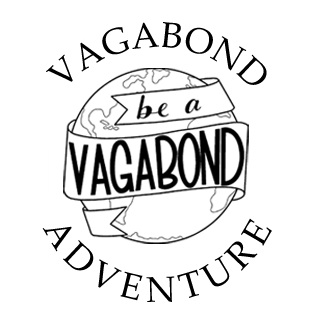




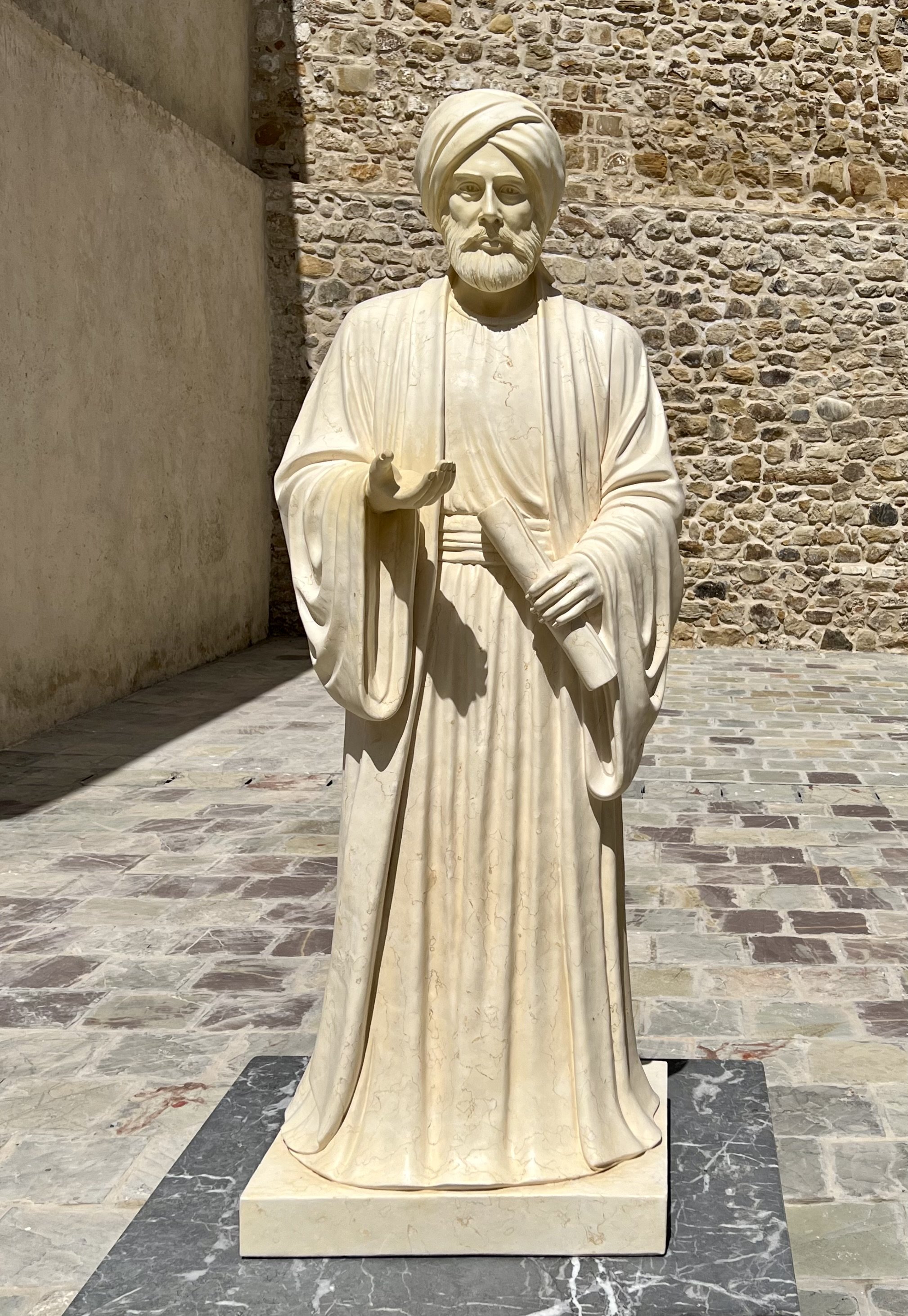
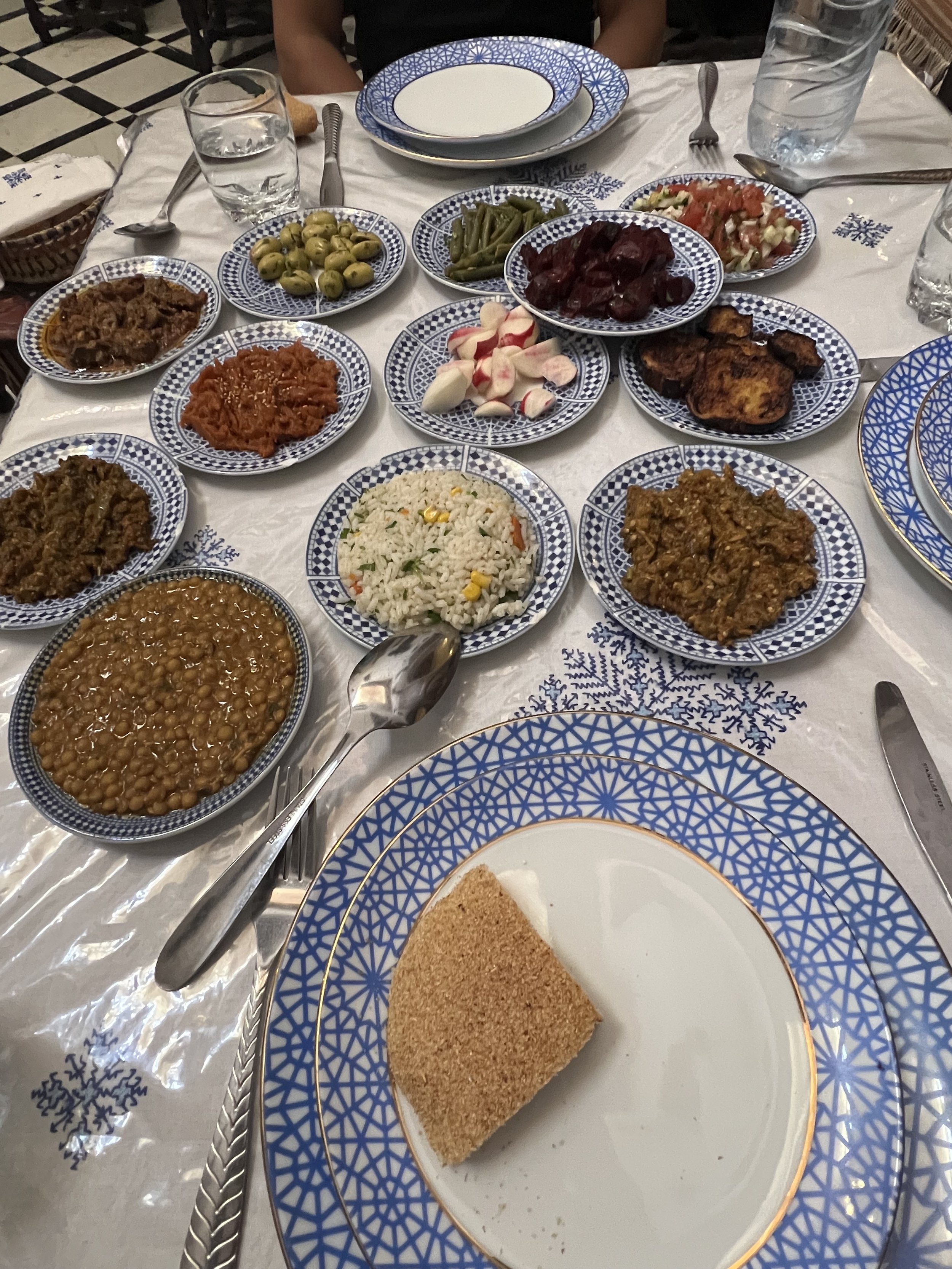





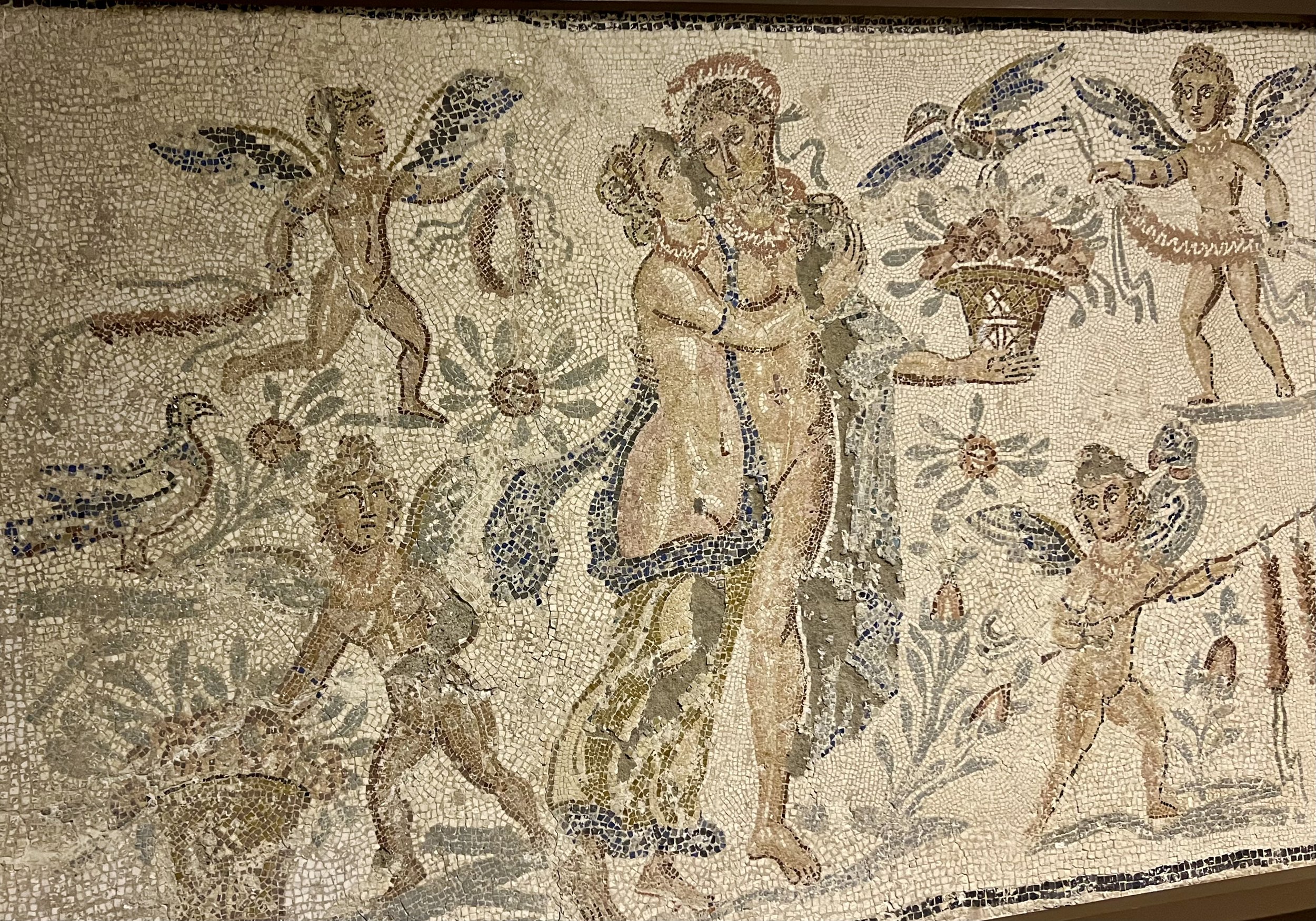
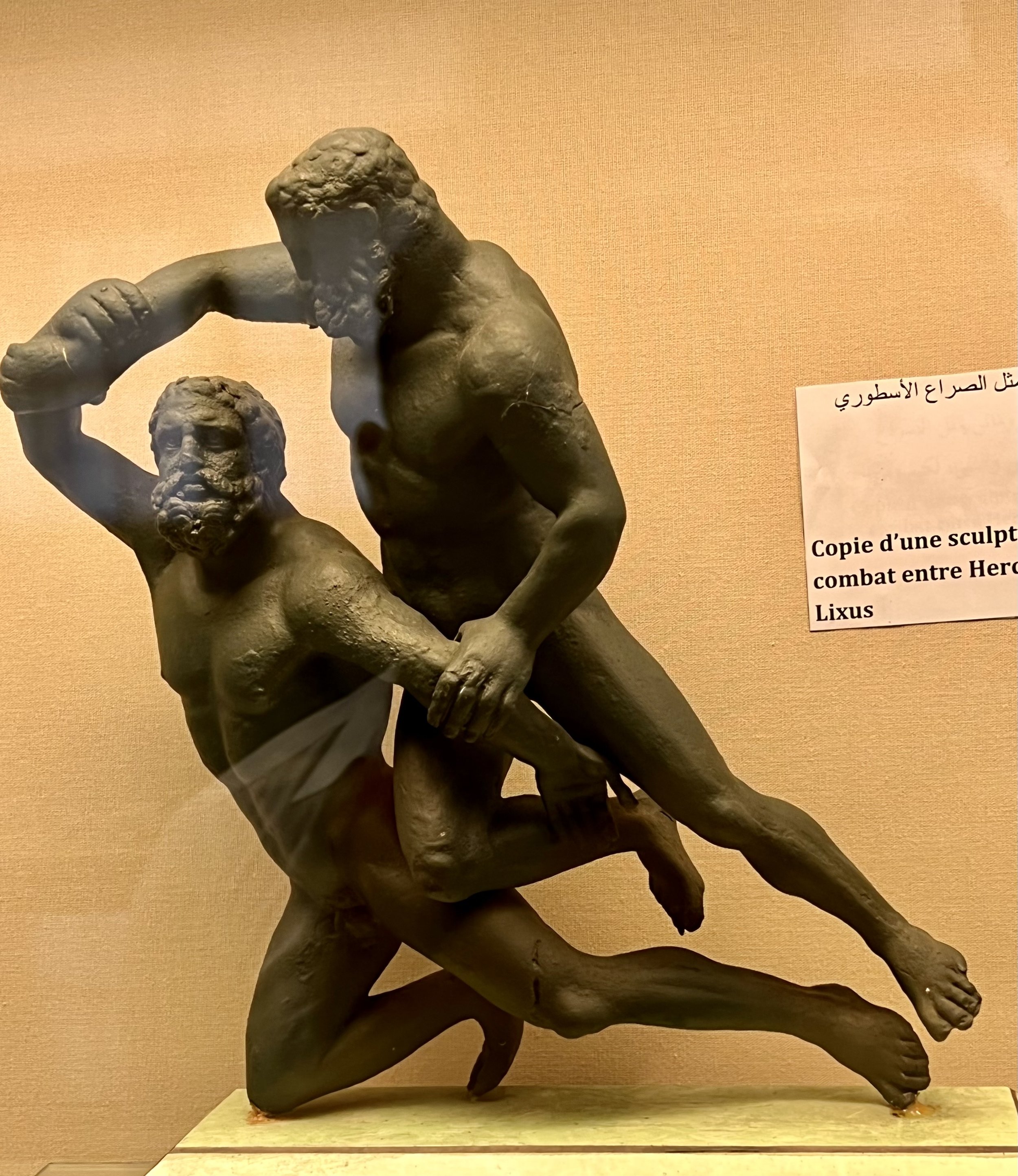
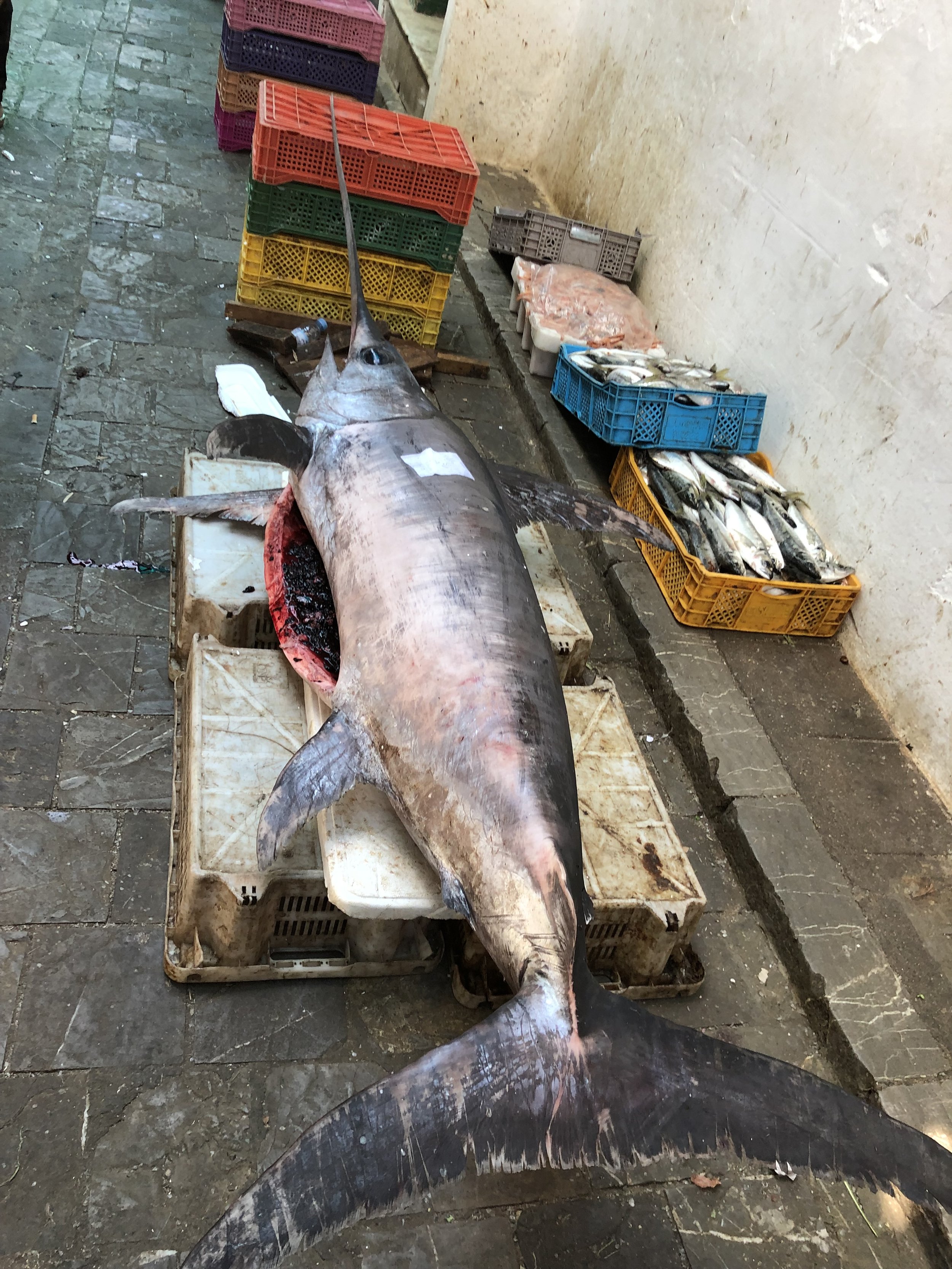






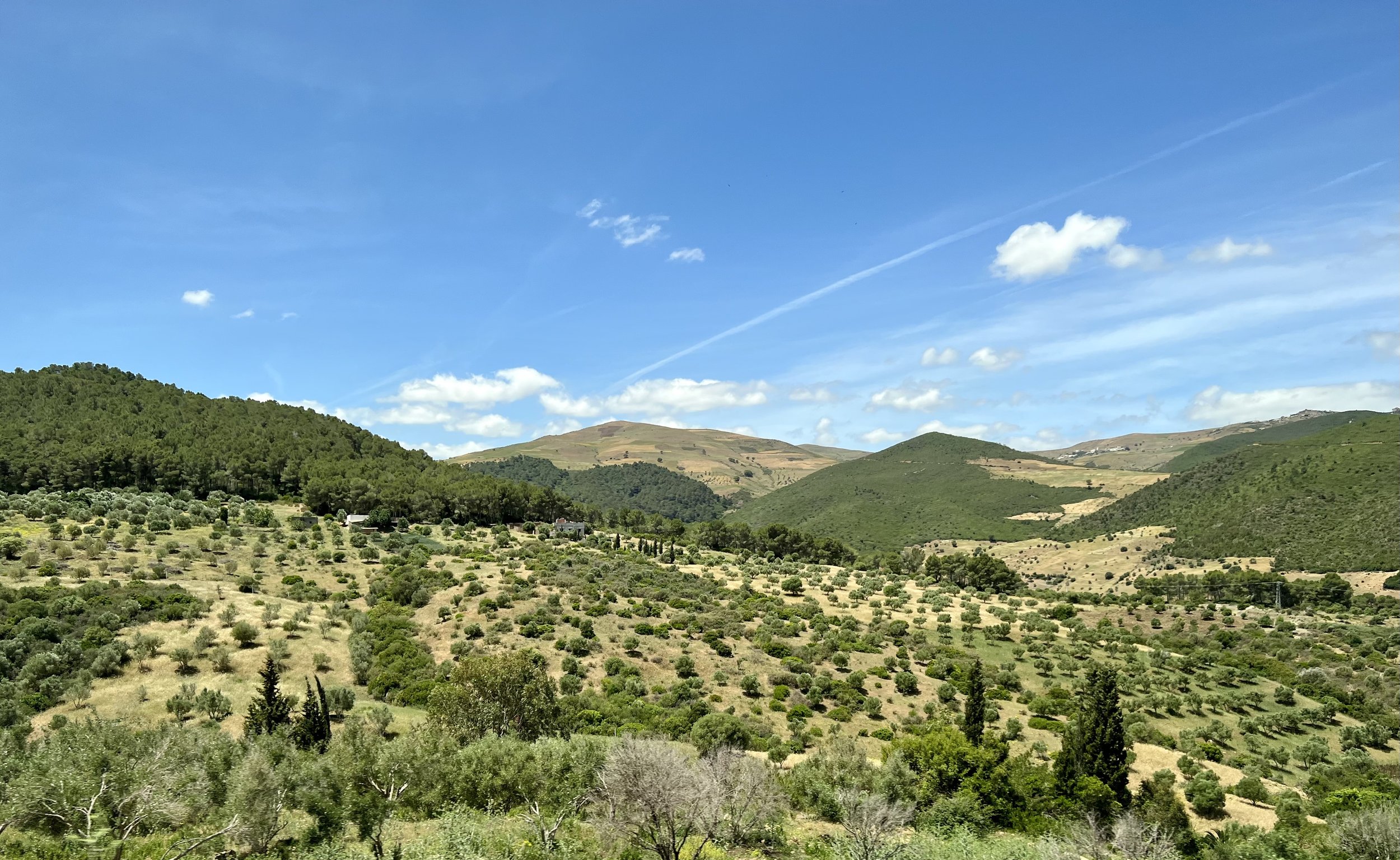



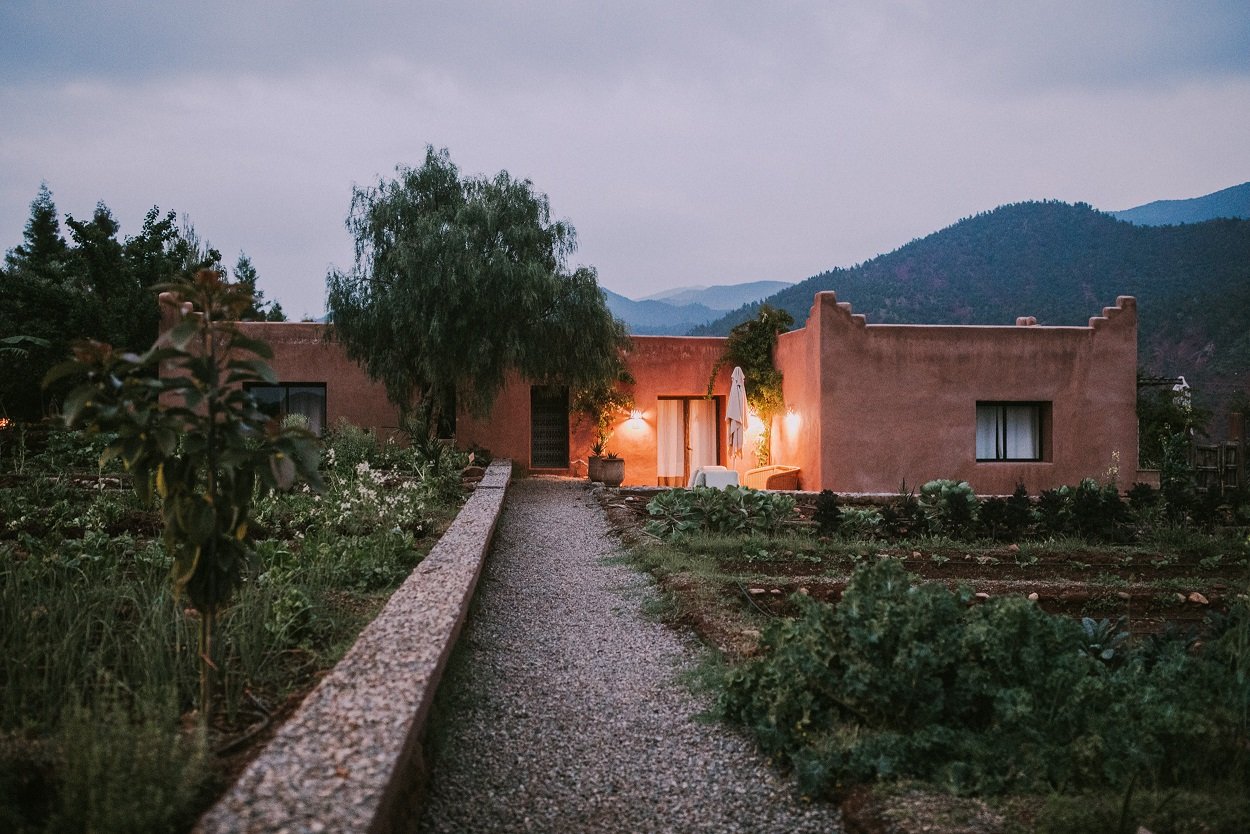

“Expertly planned Morocco journeys for culturally curious travelers.
Cobblestone’s founder, Michael Diamond, has been named to Travel + Leisure's A-List on Morocco Travel for the last 7 years. Conde Nast Traveler named him as their 2016 Top Travel Specialist for Morocco.
With nearly two decades of experience designing private travel to Morocco, we want to share our excitement and passion for this unique destination with you. We want to enchant, challenge, and inspire curious travelers. Let us design a customized itinerary that reflects your interests but also, hopefully, surprises you with unforgettable experiences that only we can arrange.”